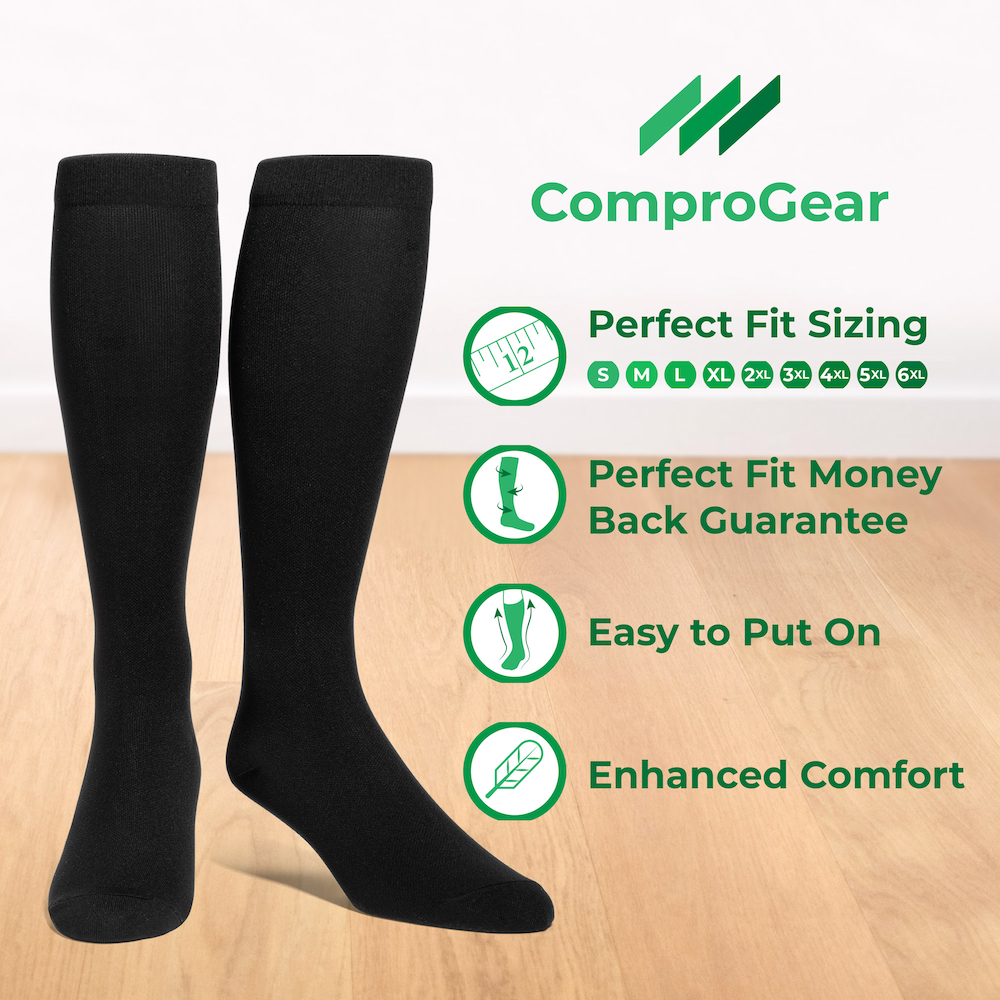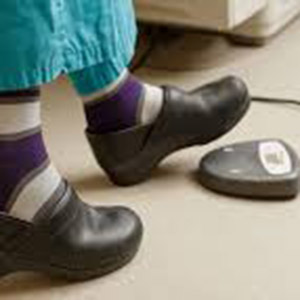
Being on your feet constantly can be tough. So how do you take care for yourself while caring for others? It’s simple really, you put on thigh highs or knee highs pressure hose.
Here’s our choice for wide calf compression socks for nurses…


Nursing is a noble profession, but the life of a nurse is one that is beset with great physical challenges. One of the main issues that all nurses face is having to stand on their feet for extended periods of time during their working hours. As in any profession that keeps you on your feet, your body may protest and numerous health issues can arise.
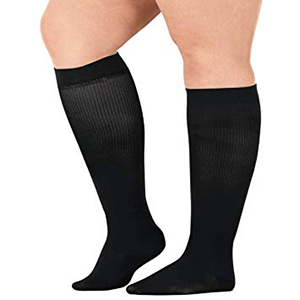
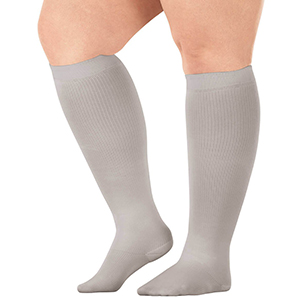

Better known as varicose veins, DVT occurs when blood coagulates within the veins. It can occur in any part of the body. However, DVT is most likely to show up in the legs, particularly the lower legs. This is a result of the legs taking the brunt of weight-bearing responsibility when you stand for long hours.
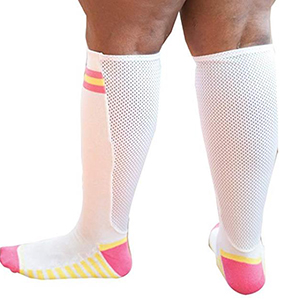
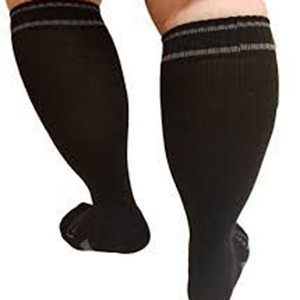
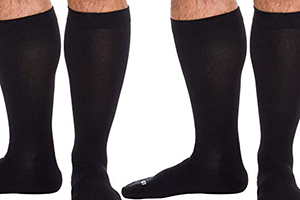
There are a variety of symptoms and ailments that can develop when you are on your feet all day without respite. Without further ado, let’s take a look at the adverse effects of continuously being on your feet and explore how knee highs compression socks can ward off these issues. In fact, many nurses have experienced relief after wearing 20 to 30 mmHg thigh or knee highs support wear.
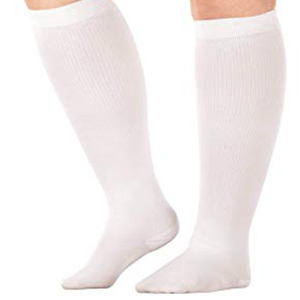
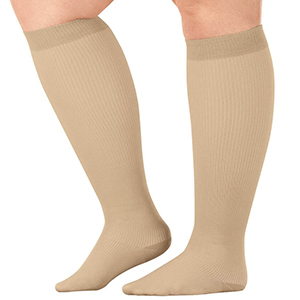
The effects of standing all day, every day
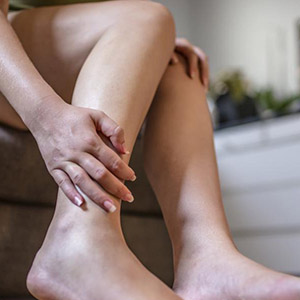
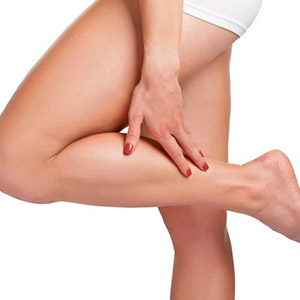
So, what really is the problem with being on your feet all day long? Any stay-at-home mom will have a lot to say on the subject. Having aching legs at the end of the day is just the tip of the iceberg. As a nurse, you too will need to be on your feet, putting on the miles while you attend to patients.
Each year, thousands of work-related foot injuries occur in the U.S. Though wearing proper footwear is part of prevention, it is obvious from the statistics that many workers become injured severely enough to warrant taking leave from work as a result of their injuries.
When you are standing on your feet at work all day, the first symptoms you will notice will be fatigue, discomfort and swelling of the feet and legs. Other commonly affected areas include the lower back, hips, knees and calves.
Studies have revealed that out of all the health issues which emanate from the workplace, the most common are musculoskeletal disorders. And approximately 10-30 percent of musculoskeletal disorders are those affecting the lower limbs.
Many of us have the tendency to brush aside the symptoms that appear as a result of standing all day at work. However, you may be surprised by the number of problematic medical conditions that can arise due to prolonged standing. Have you suffered from any of the following problems?
- Varicose veins
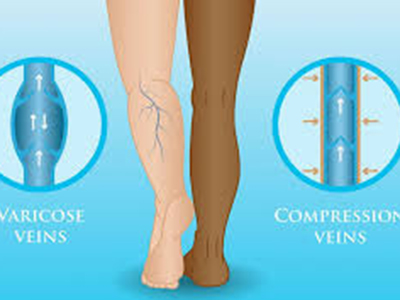
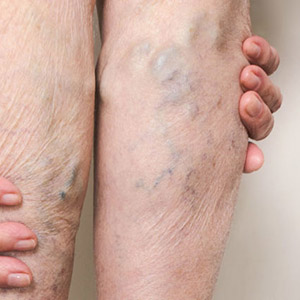
- Spider veins
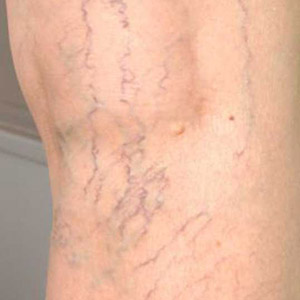
- Lower back pain
- Muscle soreness and fatigue
- Knee or hip arthritis
- Plantar fasciitis
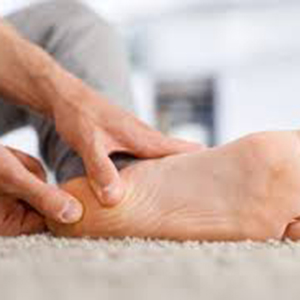
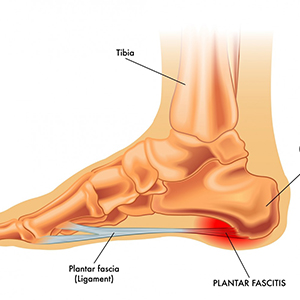
- Chronic heart and circulatory disorders
- Knee problems
- Swollen or painful feet or legs
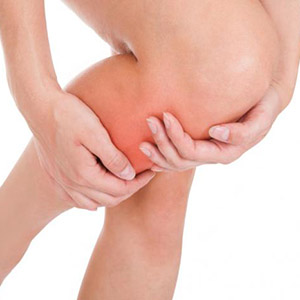
- Joint damage
- Poor blood circulation

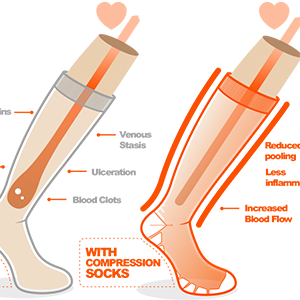
- Swelling of the feet and legs
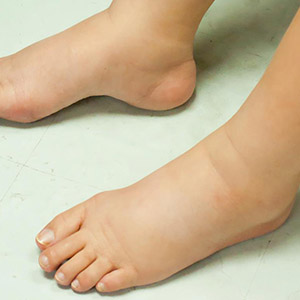
Fortunately, it is possible to prevent or reduce these symptoms. Preventing the adverse effects of your long shifts by wearing 20 mmHg to 30 mmHg thigh highs or knee highs compression socks is a simple option. As we discuss the different types of support hoses on the market, consider which ones are best suited for you.
Large Calf Knee Highs or Thigh Highs 20 mmHg to 30 mmHg Compression socks can ease your pain
One of the best ways to counteract the effects of always being on your feet is to use 20 mmHg to 30 mmHg thigh or knee highs compression socks. By wearing 20 mmHg to 30 mmHg thigh or knee highs support hosiery, you can prevent the swelling of your legs and feet, avoiding the throbbing pain so often associated with long days at work.
If you do not experience pain after standing for long durations, you can still enjoy several health benefits associated with wearing 20 mmHg to 30 mmHg thigh or knee highs support hosiery. These include the prevention of blood clots and suppression of varicose vein development.
Once you start wearing 20 mmHg to 30 mmHg thigh or knee highs compression socks, you may enjoy the following positive effects:
- A feeling of security
- A firmness to your gait
- Reduced tendency to varicose veins (DVT)
- Fewer aches and pains in the calves and upper leg at the end of the day
As a nurse, you know that being up and about all day is part of supporting the patients around you. But next time you expect to be for standing for an extended period of time, consider throwing on a pair of 20 mmHg to 30 mmHg thigh or knee highs socks that will support you right back.
Which knee highs support hoses are best for nurses?
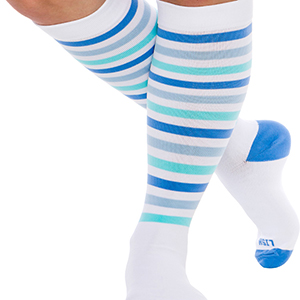
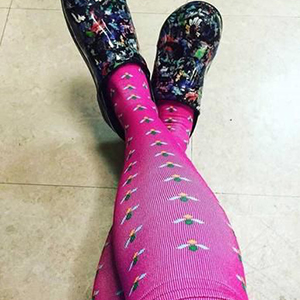
Let’s take a closer look at 30 mmHg to 40 mmHg or 20 mmHg to 30 mmHg thigh or knee length compression socks. There is a lot of research and technology that has gone into developing these accessories to ensure they will be effective for you.
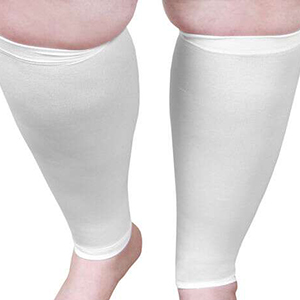
You can purchase support hoses of different lengths which correspond to the medical purposes they serve. For instance, if a 20 mmHg to 30 mmHg or 30 mmHg to 40 mmHg sock ends just below the knee, it helps to control accumulation of fluid in that region, preventing swelling of the lower limbs or peripheral edema.
If the sock is more like a stocking and extends up to the waist or thigh, it will be useful in controlling the pooling of blood, which is also known as orthostatic hypotension.
You do have the option to choose support hosiery based on their color or patterns, if you’d like them to be pretty. But your socks don’t need to be trendy for them to be effective. For those of us who stand all day (nurses, that’s you!), compression socks with 20-30 mmHG can provide relief from painful feet and legs. Of course, it’s an added bonus if your socks are pretty.
Compression graduated socks
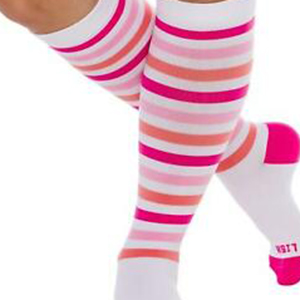
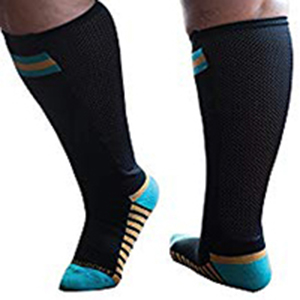
This is a sock where the amount of compression (20 mmHg to 30 mmHg or 30 mmHg to 40 mmHg) is maximized at the ankle region and reduced as the sock tapers upward. The design allows for sufficient support at the region bearing the maximum load.
Note that graduated support hosiery are medical compression socks (20 mmHg to 30 mmHg or 30 mmHg to 40 mmHg). They must be customized according to your medical requirements and should be fitted professionally. Graduated support hosiery come in a variety of colors and can be open or closed toe.
Anti-embolism stockings for nurses
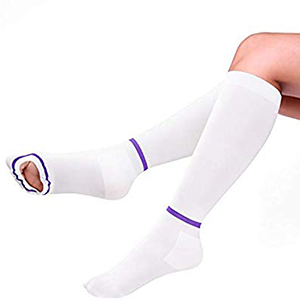
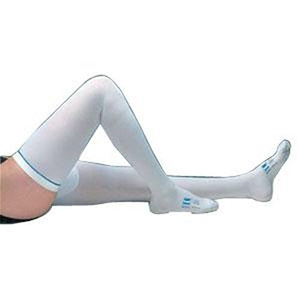
An embolism is another name for a blood clot. While a blood clot close to the vital organs like the brain or heart would be extremely serious, one in the extremities is not life-threatening. It can develop into something more serious later on, though.
Anti-embolism socks or stockings are useful in preventing an embolism from developing in the legs. You can choose from a variety of lengths for anti-embolism stockings, but the main categories available are knee-length and thigh-length types.
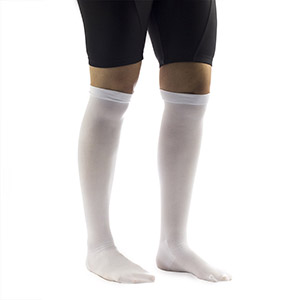
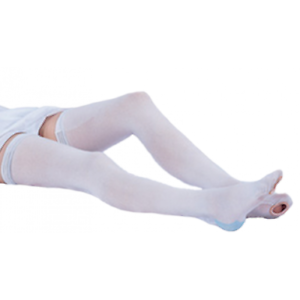
Nonmedical support hosiery
The third type of knee highs or thigh highs compression socks for nurses are referred to as “nonmedical support hosiery.” Here, you don’t need a medical prescription. You can purchase these knee highs or thigh highs socks for various applications, such as using them while flying or wearing them at work. Compression pantyhose for varicose veins can also be purchased over-the-counter.
Choosing knee highs wide-calf compression socks
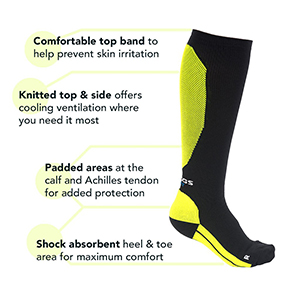
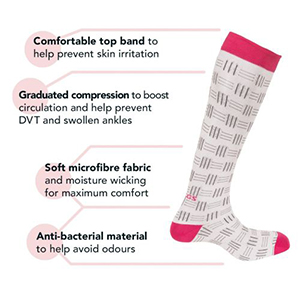
But what if you have big feet? Since 20 mmHg to 30 mmHg thigh or knee highs compression socks are already tight, you may worry it will be difficult to find a pair that feels comfortable. It is always best to try on your new 20mmHg to 30 mmHg thigh or knee highs support hosiery before you make a purchase so that you can feel the difference between brands and styles.
Not all 20 mmHg to 30 mmHg or 30 mmHg to 40 mmHg thigh or knee highs support hosiery are made equal. In fact, with so many brands and models on the market, it’s easy to get confused. Here are a few useful tips to help you choose suitable big shank support hosiery.
· Check out the material
The first characteristic to look for is the way in which the thigh highs or knee highs socks hug your legs. The word that you want to keep in mind here is “stretchy.” If you have big calves, look for socks that have a higher percentage of spandex. This material will give you more stretch while maintaining the pressure on your calves.
· Style considerations
An added advantage of buying big shank compression socks is that you don’t have to worry too much about style. Being a nurse, plain colors will likely work just fine as the thigh highs or knee highs socks will not be visible under your scrubs.
· Pressure ratings
The pressure provided by your thigh highs or knee highs compression socks is rated in millimeters of mercury, commonly written as mmHg. This is the same unit that is used to express blood pressure. The mmHg rating of a thigh highs or knee highs compression sock defines how the tightness will affect your blood pressure. A higher rating of mmHg will indicate a tighter sock. Understandably, this is a critical detail when choosing support hosiery. Here are a few of the common pressure ratings of compression socks:
| Pressure Rating | Application |
| 15-20 mmHg | Over-the-counter, daily wear thigh highs or knee highs support hosiery |
| 20-30 mmHg | Daily wear, sports recovery, medical recovery, etc. |
| 30-40 mmHg | Moderate to severe recovery of symptoms connected to medical issues and sports injuries |
How to measure for compression socks
With the above information, it becomes obvious that the tightness of your thigh highs or knee highs compression socks is a key factor in determining the comfort level and effectiveness of your socks. Thus, it is important that you wear socks that are in line with the dimensions of your legs, to create the desired pressure on the points of stress. Here is a brief description of how to measure for each type of compression sock.
Note: Usually you need a certified fitter to take measurements for support hosiery. However, if you are not looking for support hosiery for a medical diagnosis, you can do it yourself at home with a measuring tape. Ensure to take the measurements in the morning for the best results, as your legs tend to swell towards that end of the day, resulting in inaccurate readings.
Measuring for knee-high support hoses
- Ankle Measurement. Wrap the tape around the narrowest portion of your ankle, just above the ankle bone. This is how to measure the circumference of the ankle.
- Shank Measurement. You need to locate the part of your leg where your shank is the widest. Encircle the tape measure around this portion to accurately measure the circumference of the shank.
Shank Length. While sitting on a chair, place your legs at a 90° angle with your feet flat on the floor. Now measure the length between the bend in your knee and the floor.
Measuring for support hoses
Ankle Measurement. Measure the circumference of your ankle as described in the above procedure described.
Shank Measurement. Measure the circumference of your shank using the same method as described above.
Thigh Measurement. Stand up straight and measure the circumference at the widest part of your thigh.
Leg Length. While still standing, measure the distance from the base of your buttocks to the floor. You may need someone to help you at this stage.
When you go online to purchase compression socks, you can use these dimensions to guide you as you choose from the products that are being offered. Record your dimensions carefully and carry them with you wherever you go. You never know when they may come in handy for buying a pair of compression stockings.
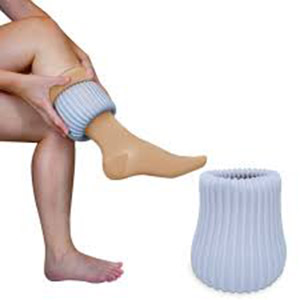
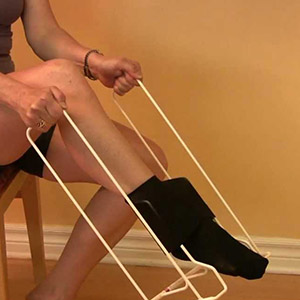
Compression socks for nurses are available in all sizes
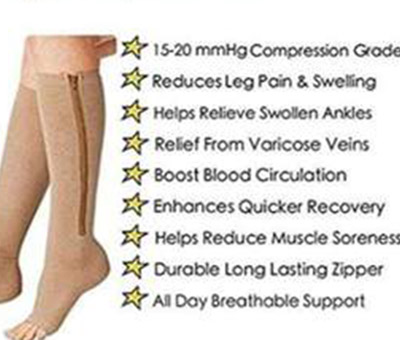
It should be clear that you can benefit from wearing compression socks. Your shank size doesn’t need to be an issue now that you know how to measure up for compression stockings. There are options available for all sizes.
If you are buying support hosiery for preventive purposes, over-the-counter stockings with low mmHg pressure ratings can be purchased. However, if you have an ongoing medical issue for which you are considering compression hosiery, then be sure to talk to your doctor for a prescription.
Proper support hosiery for nurses can change your quality of life and improve your well-being, both at work and at home. Connect with ComproGear Compression Socks today to find the best fit for you.
